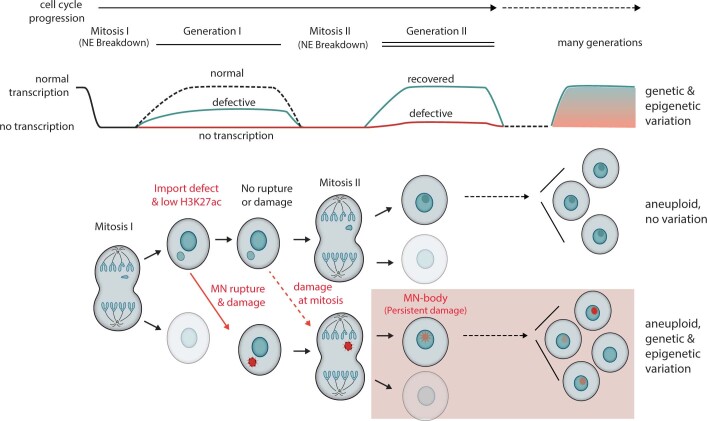Extended Data Fig. 13. Transcriptional and epigenetic consequences of micronucleation (Model summarizing the results).
Top, transcriptional outcomes of chromosomes transiently in micronuclei or chromosome bridges. Green line shows the transcriptional yield of chromosomes in MN without persistent DNA damage (generation 2). Red line shows the transcription yield of MN chromosomes with DNA damage that persists into generation 2. Bottom, cellular events leading to heritable transcription defects. Mitosis I: A cell with a lagging chromosome divides, generating the MN cell and its sister (shaded). Deficient nuclear import of MN prevents the establishment of H3K27 acetylation and causes significantly reduced or complete loss of transcription. If the MN nuclear envelope remains intact and the MN chromosome does not acquire DNA damage during mitosis (top), the MN chromosome can recover transcription after Mitosis II. If the MN chromosome acquires DNA damage either due to MN nuclear envelope rupture during interphase (bottom, red) or subsequently during mitosis (dashed arrow), the damaged chromosome may form MN-bodies with varying degrees of transcriptional silencing (bottom, with red MN-body in the primary nucleus) after Mitosis II. With partial penetrance, transcriptional silencing may persist for multiple generations, generating transcriptional heterogeneity that can be subject to selection.

